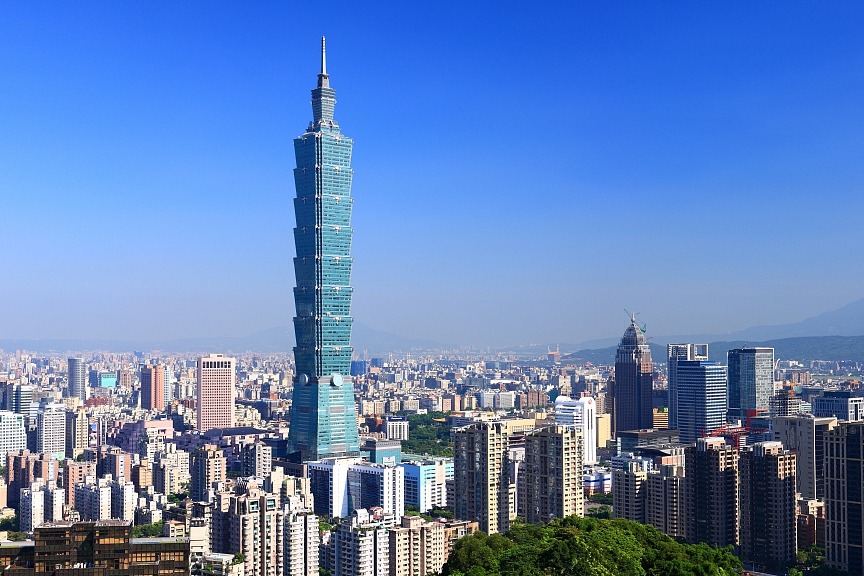Time to bridge North-South gap within China


Editor's note: China is a vast country with a huge population and remarkable regional differences. The regional development gap within China has been narrowing over the past decade thanks to the country's efforts to coordinate regional development, writes a veteran journalist with China Daily.
In a vast country like China, regional disparities are part of the overall economic development process. Making it its priority to provide the Chinese people with all the necessary elements to lead a better life, the central government, for decades, has been making strenuous efforts to develop the "less-developed" western region through financial support and preferential policies.
The efforts seem to be paying off with many local economies in western China growing at a faster pace than the developed eastern region over the past few years. But while the development gap between the eastern and western regions is likely to narrow, the widening disparity between the southern and northern regions should also draw the authorities' attention.
Geographically, the Chinese people divide the country into northern China and southern China using the Qinling Mountains and the Huaihe River as the dividing line. After the founding of the People's Republic in 1949, China focused on investing in the northern region. After decades of efforts, the northern region became the country's most important industrial base, producing oil, minerals, iron and steel, and machinery.
In the late 1970s when China launched reform and opening-up, the northern and southern regions accounted for half of the national GDP each. Since then, economic development began to tilt toward South China.
Blessed with many deep-water harbors along the coast and boasting a network of rivers that can provide inexpensive and convenient transportation, the southern region soon became the favorite destination of investors from home and abroad. So when we talk about China as the "world's factory", we really talk about the Yangtze River Delta and the Pearl River Delta regions, both in southern China.
On the other hand, northern China, which largely depends on mining resources and heavy industry, has not fared as well. Depletion of resources and poor management have left millions of people unemployed, and the implementation of strict environment protection policies forced the closure of many coal mines and iron and steel plants.
By the end of last year, northern China accounted for only 35 percent of the country's GDP. And on the list of China's top 10 cities, based on GDP, Beijing is the only surviving city from northern China. Four decades ago, the North-South ratio was 5:5.
The central government has been trying to revitalize northern China's economy, especially the economies of the northeastern provinces of Liaoning, Jilin and Heilongjiang, by issuing preferential policies and continuously increasing investments. The result, however, has been far from satisfactory. For years, the northeastern provinces have been reporting negative population growth because of not only the low total fertility rate but also large-scale migration of people, including precious talents.
There have been discussions on how northern China came to trail behind southern China in just a few decades. The natural resources in the north might have shrunk, but the region still has some resources which the south is completely devoid of. Newly built expressways, a growing high-speed railway network, and the China-Europe Railway Express prove any argument about poor transportation in the north groundless.
Some studies show that many officials in the north may be largely rank-oriented while those in the south are mostly service-oriented. This argument may sound harsh, even regionally biased and unfair to the officials in the north, but my experience tells me that it may partly explain the reasons behind.
Such traits may prompt one to curry favors with superiors or exploit subordinates and lower-level organizations. This type of mentality, if widespread, could damage a region's efforts to build a business-friendly environment.
In order to revitalize northern China, perhaps it is more important to change some local officials' mentality and improve their governance capacity, just as Chinese leadership reiterated, than just providing financial and policy support.
kangbing@chinadaily.com.cn
The author is former deputy editor-in-chief of China Daily.


































